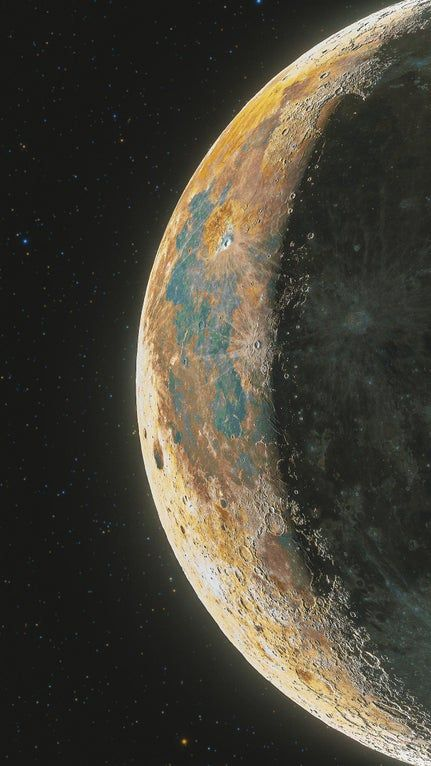Meteorites - chunks of rock from space that land on Earth.
Meteors are not meteorites Like meteorites, meteors are objects that enter Earth's atmosphere from space. But meteors-which are typically pieces of comet dust no larger than a grain of rice-burn up before reaching the ground.
Common minerals
in meteorites:
· kamacite,
· taenite (both
Ni-Fe alloys, different crytall structures)
· pyroxene
(especially bronzite)
· olivine
· plagioclase
Kinds of
meteorites:
v irons
v stones
v stony-irons
Iron meteorites:
Predominantly
Ni-Fe alloys
Minor amounts of
other minerals such as troilite (FeS)
Types classified
according to % Ni:
Hexahedrite octahedrite
(has Widmanstatten structure, exsolution feature formed by slow cooling) ataxite
Stone meteorites:
Chiefly
silicates, mostly ferromagnesian Up to 1/4 metallic Ni-Fe
Types:
Chondrites
Achondrites
Chondrites: Contain
chondrules (BB-sized round bodies)
Composed chiefly
of silicates such as olivine, pyroxene, and
plagioclase or
glass Important type is carbonaceous chondrite.
High content of
volatiles, including water and nonbiogenic
carbon (will
later show how determined to be non-biogenic)
Have same
composition as Sun's atmosphere
Achondrites: no chondrules
Same composition
as terrestrial mafic and ultramafic rocks
Most achondrites
are breccias
Stony-iron
meteorites:
Equal amounts of silicates and Ni-Fe
Alloys Many are
crystallized silicates which have been brecciated, then invaded by metallic and
sulfide melts
Classified
according to kind of silicate:
pallasite
(olivine)
mesosiderite (plagioclase, pyroxene)
Moon:
basalt maria (with extra Fe and
Ti)
anorthosite highlands
4 most common moon minerals:
pyroxene (augite and others)
plagioclase (Ca-rich)
olivine (Mg-rich)
ilmenite (iron titanium oxide)
No hydrated minerals.
No minerals formed by chemical weathering or life processes.
Depleted in volatiles (probably as a result of how Moon was formed.)


Comments
Post a Comment